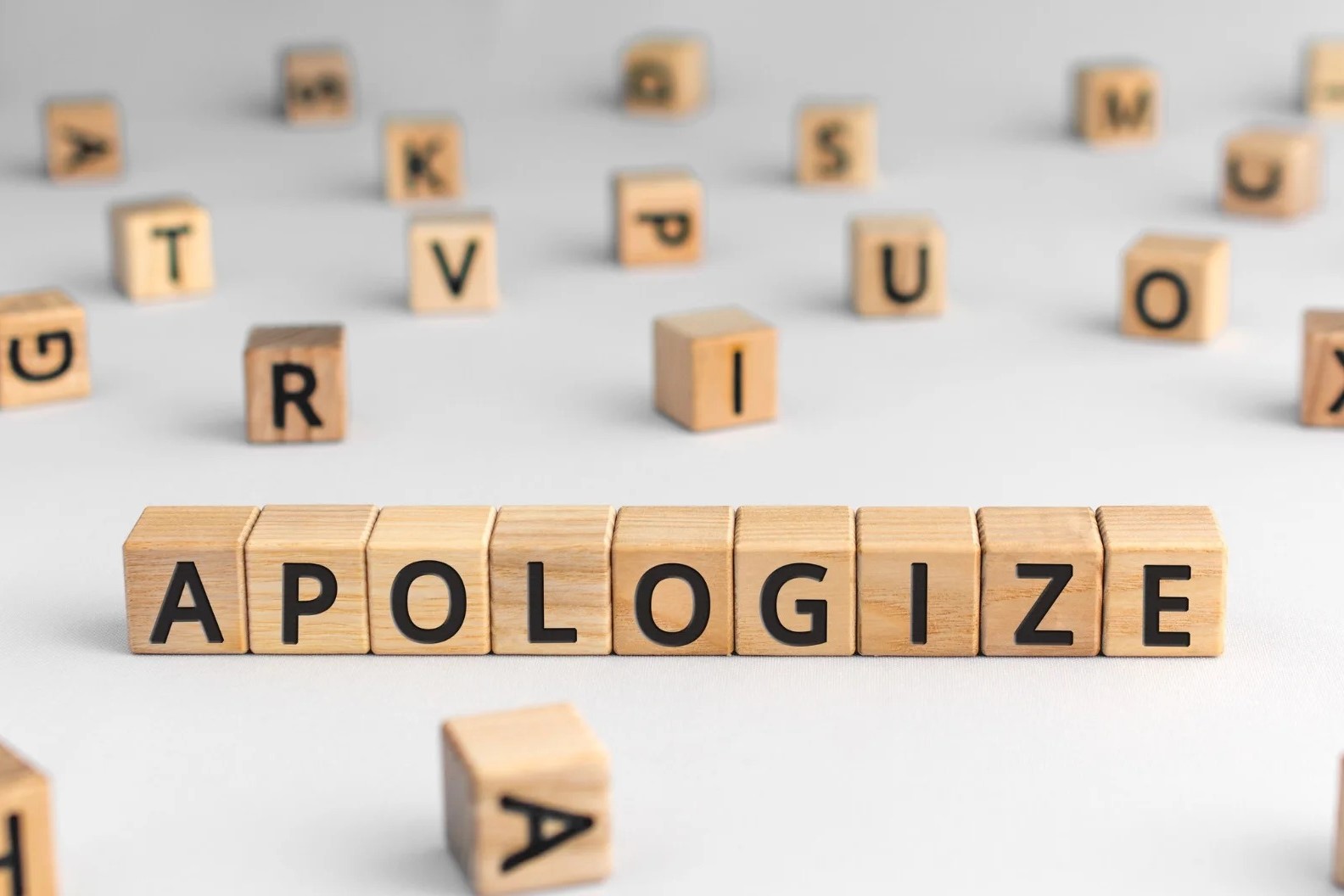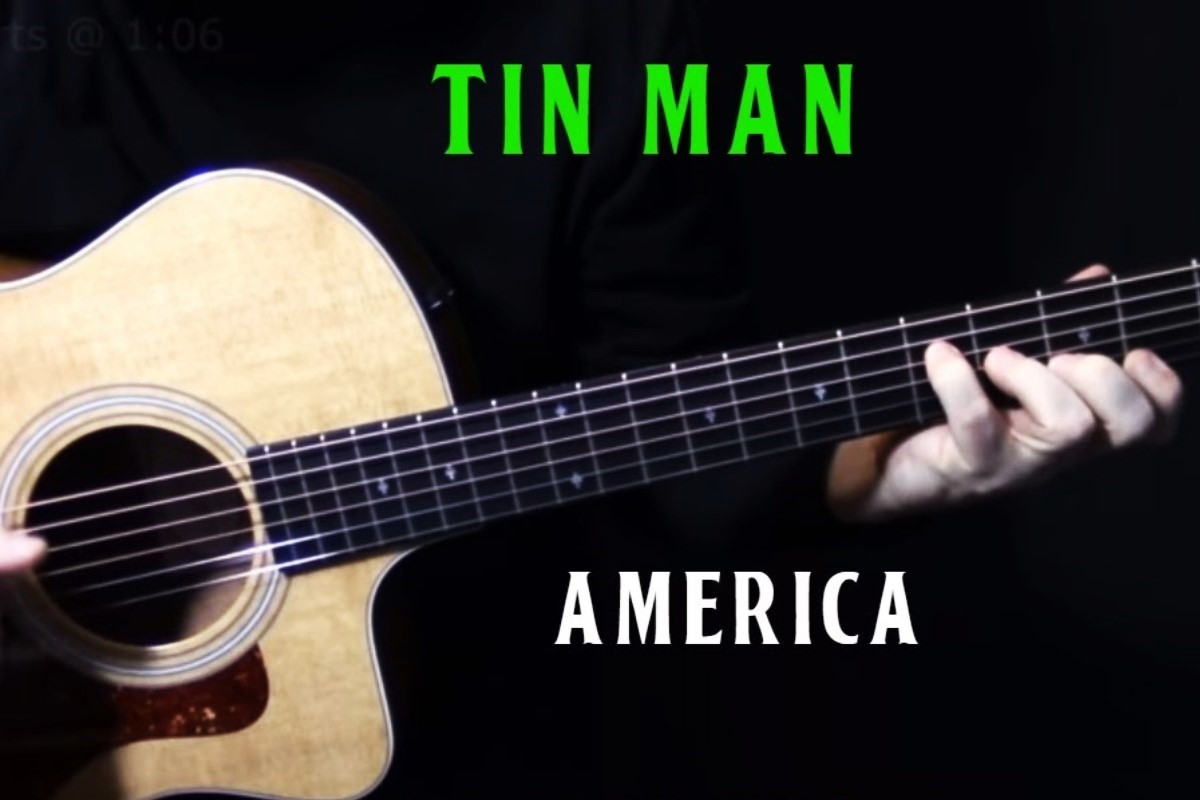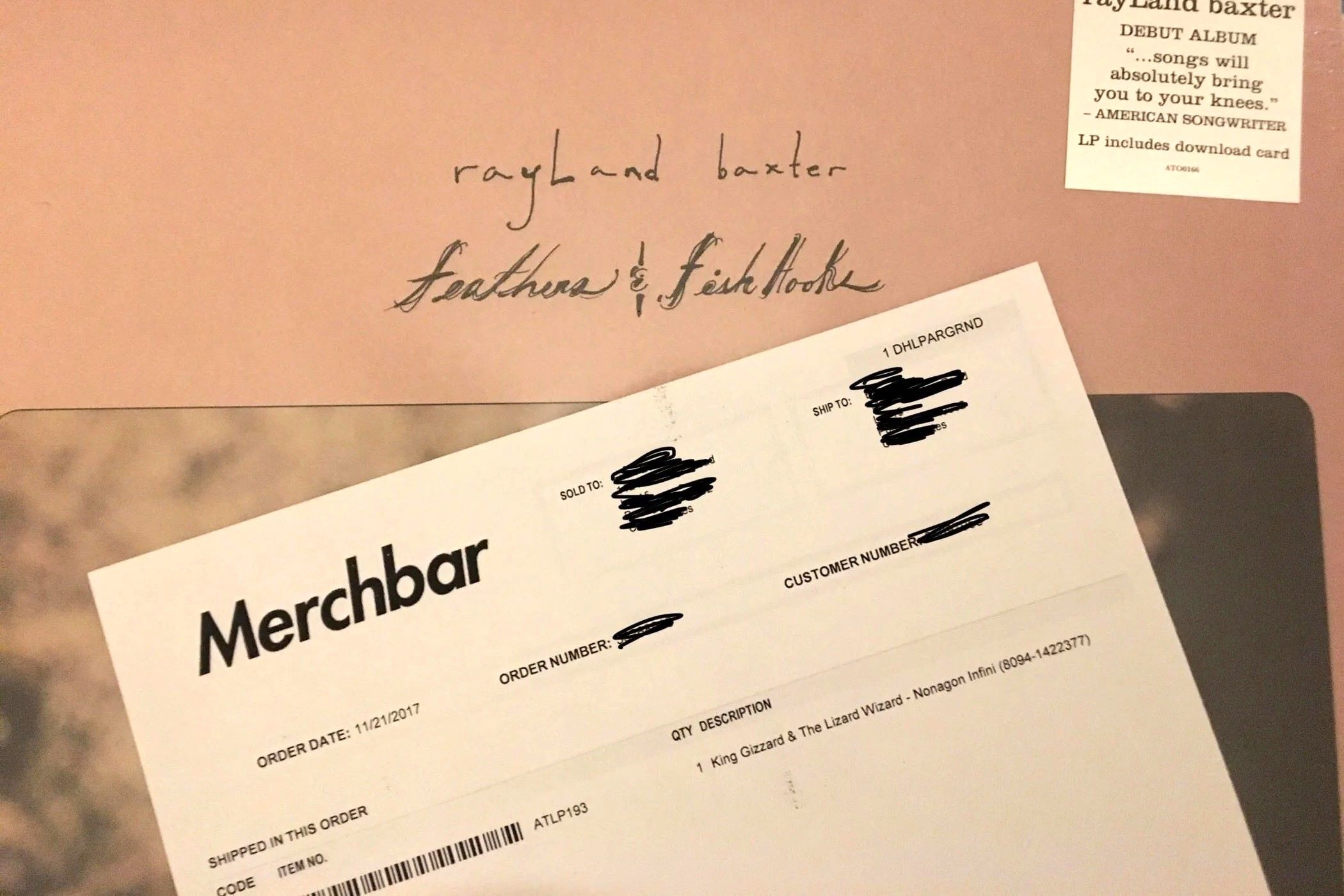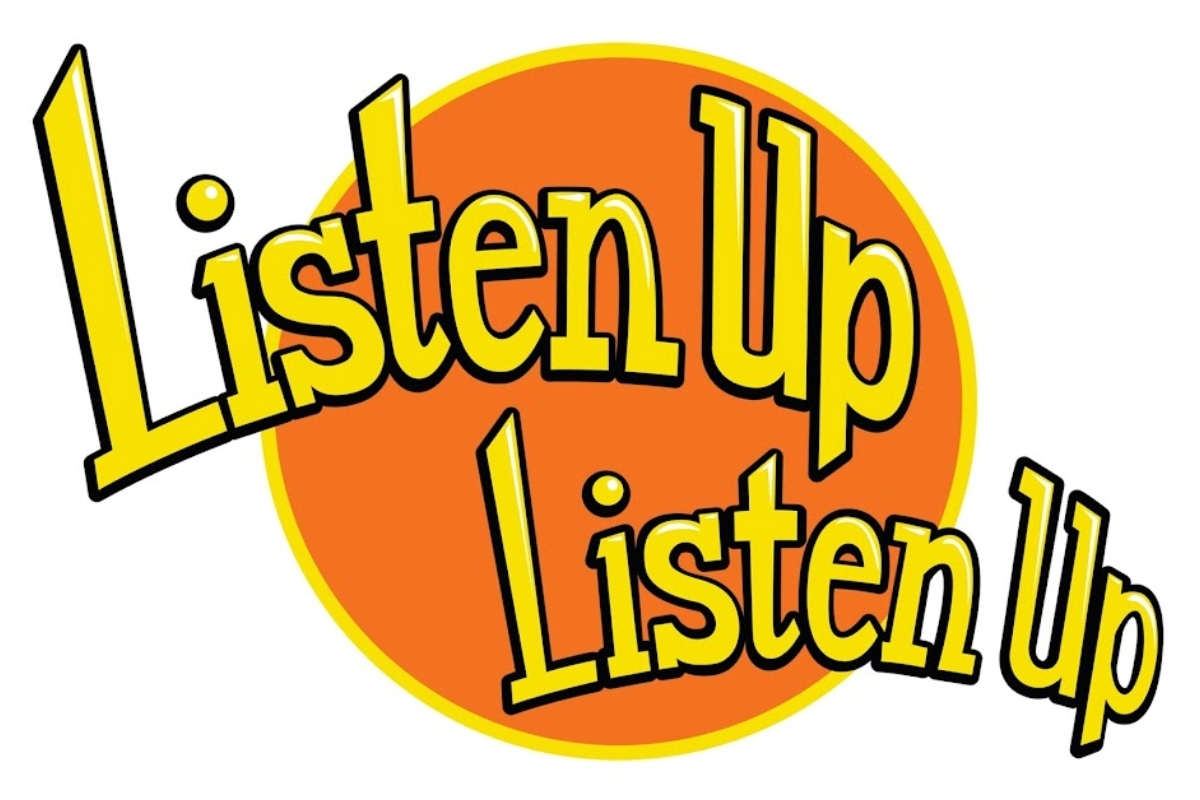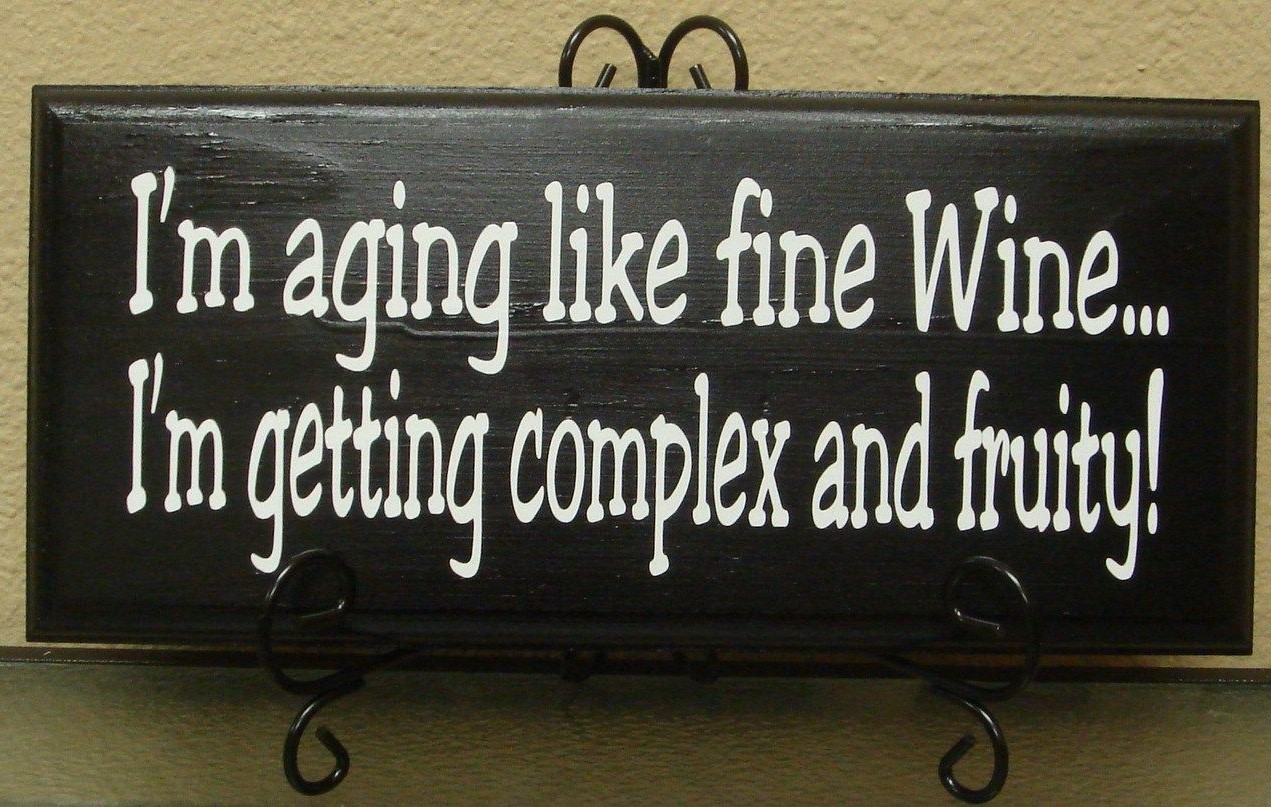Home>Entertainment>What Does “Cutting A Rug” Really Mean? Find Out Now!
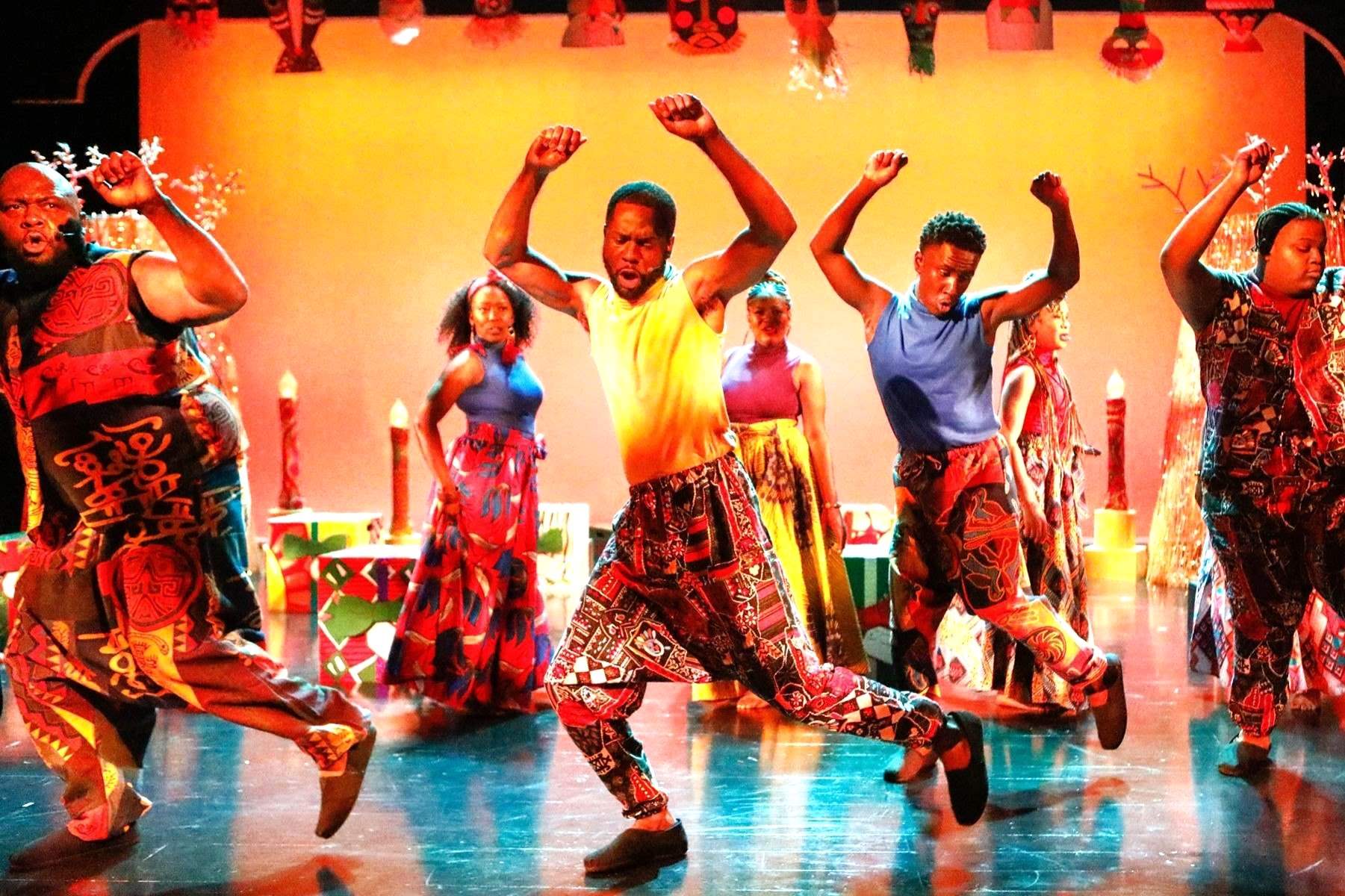

Entertainment
What Does “Cutting A Rug” Really Mean? Find Out Now!
Published: January 31, 2024
Discover the true meaning of "cutting a rug" and delve into the world of entertainment with this insightful article. Uncover the origins and significance now!
(Many of the links in this article redirect to a specific reviewed product. Your purchase of these products through affiliate links helps to generate commission for Noodls.com, at no extra cost. Learn more)
Table of Contents
Introduction
The phrase "cutting a rug" may conjure up images of slicing through a piece of fabric, but in the world of entertainment, it holds an entirely different meaning. This intriguing expression has been a part of the cultural lexicon for decades, often used to describe lively and energetic dancing. However, the origins and evolution of this idiom are shrouded in a captivating history that spans various eras and societal shifts.
As we delve into the depths of "cutting a rug," we will uncover the fascinating stories and contexts that have shaped its usage over time. From its humble beginnings to its modern interpretations, this phrase has woven itself into the fabric of popular culture, leaving an indelible mark on the world of entertainment. Join us on this journey as we unravel the mysteries behind the phrase "cutting a rug" and gain a deeper understanding of its significance in the realm of music, dance, and expression.
Read more: Protect Your Home Title From Theft With Home Title Lock – Does It Really Work? Find Out Now!
Origins of the Phrase "Cutting a Rug"
The origins of the phrase "cutting a rug" can be traced back to the vibrant and dynamic world of jazz music and dance in the early 20th century. During the Jazz Age, which spanned from the 1920s to the 1930s, the African American community in urban centers such as Harlem, New York, experienced a cultural renaissance. This period gave rise to a flourishing entertainment scene, where jazz music and dance became integral components of social gatherings and nightlife.
The phrase "cutting a rug" emerged as a colloquial expression used within these lively social settings to describe the act of dancing with exuberance and skill. The term "cutting" conveyed a sense of precision and flair, while "rug" referred to the dance floor itself. As dancers moved with agility and style, they were said to be "cutting the rug," evoking imagery of energetic and captivating movements that enlivened the space.
This idiom became synonymous with the electrifying energy and infectious rhythm of jazz-infused dance forms such as the Charleston, the Lindy Hop, and the Jitterbug. These dances were characterized by their fast-paced footwork, acrobatic maneuvers, and improvisational flair, all of which contributed to the vibrant atmosphere of the dance floor. As the popularity of jazz music and dance spread beyond Harlem and into mainstream culture, so too did the phrase "cutting a rug," embedding itself in the lexicon of dancers and enthusiasts across the country.
The phrase's association with jazz culture and the exuberant spirit of the era solidified its place as a colorful and evocative expression, capturing the essence of spirited and skillful dancing. Over time, "cutting a rug" transcended its origins in jazz and became a timeless idiom that continues to evoke images of lively, rhythmic movement and the joy of uninhibited expression on the dance floor.
The evolution of "cutting a rug" from its roots in the Jazz Age to its enduring presence in contemporary language reflects its enduring appeal and cultural significance. This phrase stands as a testament to the enduring legacy of jazz music and dance, encapsulating the spirit of creativity, freedom, and exuberance that continue to inspire dancers and entertainers to this day.
Historical Usage of "Cutting a Rug"
The historical usage of the phrase "cutting a rug" offers a captivating glimpse into the evolution of dance culture and its profound impact on societal norms and expressions of joy. During the Jazz Age, "cutting a rug" became synonymous with the electrifying energy and infectious rhythm of jazz-infused dance forms such as the Charleston, the Lindy Hop, and the Jitterbug. These dances were characterized by their fast-paced footwork, acrobatic maneuvers, and improvisational flair, all of which contributed to the vibrant atmosphere of the dance floor.
As the popularity of jazz music and dance spread beyond Harlem and into mainstream culture, so too did the phrase "cutting a rug," embedding itself in the lexicon of dancers and enthusiasts across the country. The phrase's association with jazz culture and the exuberant spirit of the era solidified its place as a colorful and evocative expression, capturing the essence of spirited and skillful dancing.
The historical usage of "cutting a rug" extended beyond the dance floor, permeating popular culture and everyday conversations. It became a vibrant and dynamic idiom that encapsulated the joy, freedom, and uninhibited expression associated with dance. Whether used to describe the exuberant movements of professional dancers or the spirited revelry of individuals at social gatherings, the phrase "cutting a rug" evoked images of rhythmic dynamism and the sheer pleasure of movement.
During the mid-20th century, the phrase continued to thrive, maintaining its association with the effervescent spirit of dance and celebration. It found its way into films, literature, and colloquial speech, further cementing its status as a timeless expression of vivacious and skillful dancing. The historical usage of "cutting a rug" reflected the enduring appeal of dance as a form of artistic expression and communal joy, resonating with people from all walks of life.
The phrase "cutting a rug" transcended its origins in jazz and became a cherished part of the cultural tapestry, embodying the vivacity and dynamism of dance across generations. Its historical usage serves as a testament to the enduring legacy of jazz music and dance, encapsulating the spirit of creativity, freedom, and exuberance that continue to inspire dancers and entertainers to this day.
Modern Interpretations of "Cutting a Rug"
In contemporary society, the phrase "cutting a rug" has transcended its historical roots in jazz culture and evolved into a versatile and enduring expression that resonates across diverse dance forms and entertainment contexts. While its origins may lie in the exuberant dance floors of the Jazz Age, the modern interpretations of "cutting a rug" reflect the ongoing vitality and relevance of dance as a form of artistic expression, social interaction, and personal enjoyment.
One of the notable modern interpretations of "cutting a rug" can be found in the realm of popular music and live performances. From electrifying concerts to pulsating nightclub scenes, the phrase continues to capture the essence of energetic and captivating dancing. Whether it's a contemporary pop star igniting the stage with dynamic choreography or a DJ setting the dance floor ablaze with infectious beats, "cutting a rug" remains a vibrant descriptor of the kinetic energy and movement that define modern musical experiences.
Moreover, the resurgence of dance-based reality television shows and competitions has propelled the phrase "cutting a rug" into the spotlight once again. Viewers are treated to dazzling displays of skill and creativity as professional and amateur dancers alike take center stage, embodying the spirit of "cutting a rug" through their expressive movements and technical prowess. These modern interpretations of the phrase serve as a testament to the enduring allure of dance as a form of entertainment and personal fulfillment, captivating audiences and inspiring individuals to embrace the joy of movement.
In addition, social gatherings and celebratory events continue to provide fertile ground for the modern interpretations of "cutting a rug." Whether it's a wedding reception, a festive party, or a spontaneous gathering of friends, the phrase remains a lively and evocative way to describe the joyous and spirited act of dancing. It encapsulates the shared moments of exuberance and camaraderie that arise when people come together to revel in the pleasure of movement and music, forging connections and memories through the universal language of dance.
As the entertainment landscape continues to evolve, the phrase "cutting a rug" persists as a vibrant and enduring expression that transcends generational boundaries and cultural shifts. Its modern interpretations reflect the timeless appeal of dance as a source of joy, creativity, and emotional resonance, reaffirming its status as a cherished component of the human experience.
Conclusion
In conclusion, the phrase "cutting a rug" stands as a testament to the enduring legacy of dance and its profound impact on cultural expression. From its origins in the exuberant dance floors of the Jazz Age to its modern interpretations in contemporary entertainment, this idiom has transcended time and continues to evoke images of spirited and skillful dancing. The phrase's historical roots in jazz culture reflect the vibrant energy and infectious rhythm that defined an era, while its modern interpretations resonate across diverse dance forms and entertainment contexts, reaffirming its status as a cherished component of the human experience.
As we reflect on the journey of "cutting a rug," we gain a deeper appreciation for the enduring allure of dance as a form of artistic expression, social interaction, and personal enjoyment. The phrase encapsulates the joy, freedom, and uninhibited expression associated with dance, serving as a vibrant descriptor of the kinetic energy and movement that define musical experiences, live performances, and social gatherings. Its ability to transcend generational boundaries and cultural shifts underscores its timeless appeal, resonating with people from all walks of life and weaving itself into the fabric of popular culture.
Ultimately, "cutting a rug" embodies the universal language of dance, uniting individuals in shared moments of exuberance and camaraderie. It captures the essence of spirited and skillful dancing, inspiring dancers and entertainers to embrace the joy of movement and celebrate the unbridled creativity that dance fosters. As the entertainment landscape continues to evolve, this enduring expression serves as a vibrant reminder of the profound impact of dance on the human experience, enriching lives and forging connections through the power of movement and music.
In essence, "cutting a rug" transcends its literal meaning to become a vibrant and enduring symbol of the joy, vitality, and emotional resonance that dance brings to our lives. It stands as a timeless testament to the enduring legacy of dance, weaving itself into the cultural tapestry and inspiring generations to embrace the sheer pleasure of movement and the unifying power of rhythm and expression.
